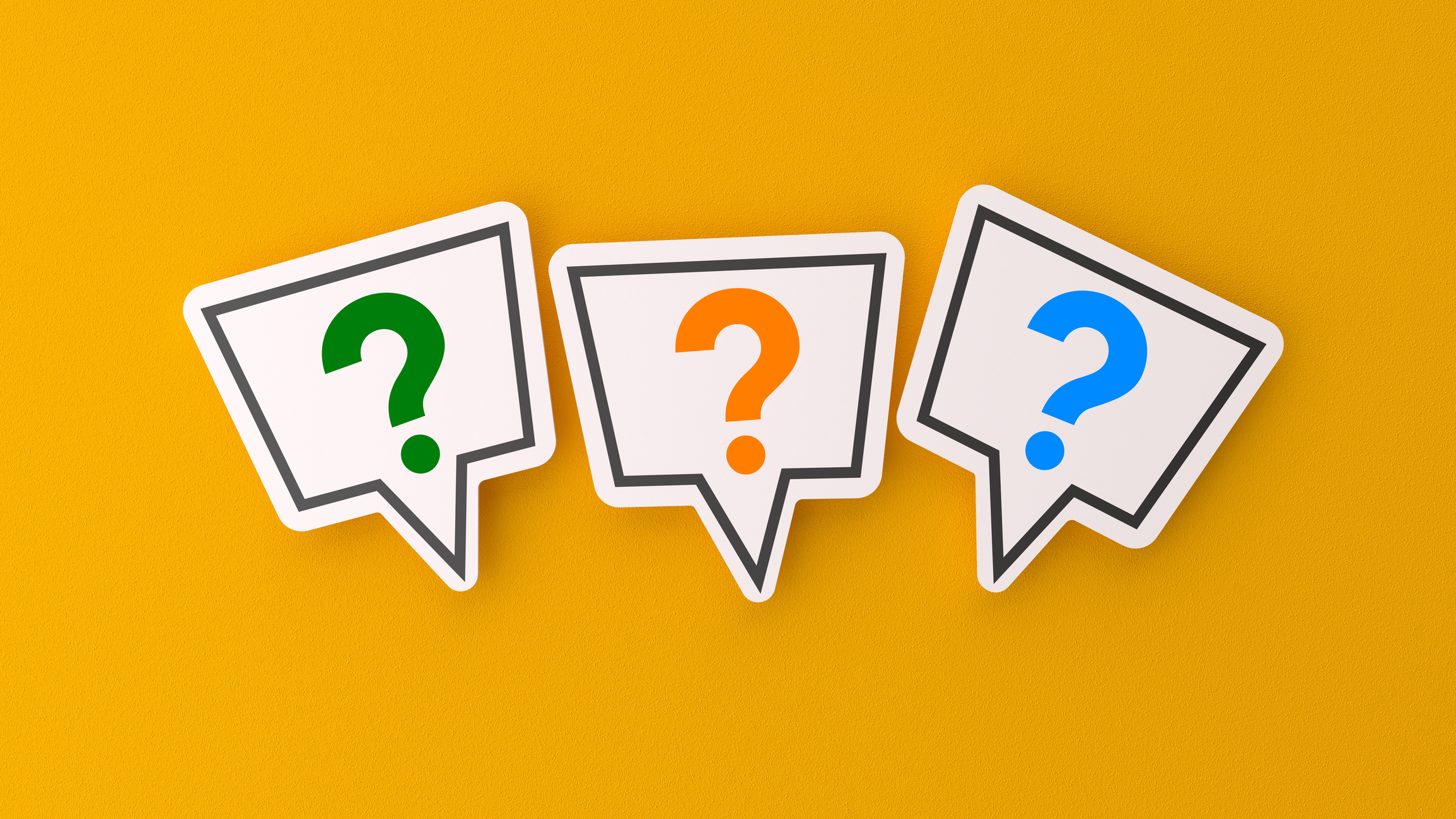Small-Business Success Story: No-Strings Financial Advice
This financial planner charges by the hour and gives investors tools to better manage their money.

Kiplinger's spoke with Lori Atwood, a Washington, D.C.-based financial planner and creator of the Fearlessfinance program and app, about what led her to entrepreneurship after several years out of the workforce. Here's an excerpt from our interview:
How did you become a financial planner? I worked in the financial industry until the spring of 2008. I did my last deal just before the financial crisis. After that, I stayed home with my baby daughter, Stella. When she was ready for preschool in 2011, I thought, What should I do next? I tried to develop a parenting website, but I realized that finance was all I knew how to do. So I called everyone I knew and asked if I could give a seminar on personal finance and budgeting. Attendees asked me, “Do you take clients?” I said yes. In 2015, I became a certified financial planner.
What’s the top reason your clients come to you? Financial pain. I help people who make a decent living -- sometimes as much as $500,000 a year -- but can’t make it work and don’t know why. Their issues seldom lie with their investments. It usually comes down to one thing: living beyond their means.
From just $107.88 $24.99 for Kiplinger Personal Finance
Become a smarter, better informed investor. Subscribe from just $107.88 $24.99, plus get up to 4 Special Issues

Sign up for Kiplinger’s Free Newsletters
Profit and prosper with the best of expert advice on investing, taxes, retirement, personal finance and more - straight to your e-mail.
Profit and prosper with the best of expert advice - straight to your e-mail.
What’s your advice? First, whether you make $60,000 or $600,000, you must spend less than you earn. Then you need to have a rainy-day fund for unexpected expenses, such as a root canal or new brakes. Without that, paying down credit cards makes no sense because you’ll get right back on the credit card train. Next, do you have an emergency fund in case of a total loss of income -- say, because of divorce, a layoff, or medical or mental disability?
Also, are you saving enough for retirement? After you’ve taken care of those things, do you pay off your credit cards every month? Then we can discuss goals such as buying a new car or beach house, renovating your home, changing jobs, or retiring early.
How do you charge? Unlike many advisers, I don’t require an up-front payment of several thousand dollars, nor a minimum amount of assets under management. I charge $185 an hour, although that may increase if I take on an associate. I want to give people solid advice they can turn on or off when they need it. That’s what the planning industry is missing. And because of that, there’s a huge, underserved community.
And you’re trying to spread your message? I found that I was saying the same things over and over to clients. I thought, Why can’t a lot of this be automated? I had a bunch of proprietary templates in Excel, and I worked with a developer to create my Fearless Finance program and app. You can get the summary report, app and access to the online transactions dashboard for $6.99 per month.
How do the program and app work? With the program, you input your financial data, and it gives you a summary report that includes specific recommendations on a wide range of things, such as creating a rainy-day fund and saving for college and retirement. With the app, you enter your data or link to your accounts to track spending on groceries and discretionary items -- although you can add more categories. You set a monthly target, and you’ll see how much you’ve spent and how much you have left for the month. You’d be shocked at how much people overspend on food—groceries, take-out and eating out.
What’s next? We’re coming out this fall with an edition of Fearless Finance for retirees. For example, retirees generally don’t have minor children at home, and their life insurance needs are different because they generally have no earned income to replace.
Profit and prosper with the best of Kiplinger's advice on investing, taxes, retirement, personal finance and much more. Delivered daily. Enter your email in the box and click Sign Me Up.

-
 Stocks Chop as the Unemployment Rate Jumps: Stock Market Today
Stocks Chop as the Unemployment Rate Jumps: Stock Market TodayNovember job growth was stronger than expected, but sharp losses in October and a rising unemployment rate are worrying market participants.
-
 Should You Renew Your CD?
Should You Renew Your CD?With rate cuts impacting earnings, we examine if now is a wise time to renew CDs.
-
 7 Ways to Plan Now to Save on Medicare IRMAA Surcharges Later
7 Ways to Plan Now to Save on Medicare IRMAA Surcharges LaterUnderstand the critical two-year lookback period and why aggressive planning before you enroll in Medicare is the most effective way to minimize IRMAA.
-
 Money for Your Kids? Three Ways Trump's ‘Big Beautiful Bill’ Impacts Your Child's Finances
Money for Your Kids? Three Ways Trump's ‘Big Beautiful Bill’ Impacts Your Child's FinancesTax Tips The Trump tax bill could help your child with future education and homebuying costs. Here’s how.
-
 Key 2025 Tax Changes for Parents in Trump's Megabill
Key 2025 Tax Changes for Parents in Trump's MegabillTax Changes Are you a parent? The so-called ‘One Big Beautiful Bill’ (OBBB) impacts several key tax incentives that can affect your family this year and beyond.
-
 Amazon Resale: Where Amazon Prime Returns Become Your Online Bargains
Amazon Resale: Where Amazon Prime Returns Become Your Online BargainsFeature Amazon Resale products may have some imperfections, but that often leads to wildly discounted prices.
-
 What Does Medicare Not Cover? Eight Things You Should Know
What Does Medicare Not Cover? Eight Things You Should KnowMedicare Part A and Part B leave gaps in your healthcare coverage. But Medicare Advantage has problems, too.
-
 Roth IRA Contribution Limits for 2026
Roth IRA Contribution Limits for 2026Roth IRAs Roth IRAs allow you to save for retirement with after-tax dollars while you're working, and then withdraw those contributions and earnings tax-free when you retire. Here's a look at 2026 limits and income-based phaseouts.
-
 Four Tips for Renting Out Your Home on Airbnb
Four Tips for Renting Out Your Home on Airbnbreal estate Here's what you should know before listing your home on Airbnb.
-
 Five Ways to a Cheap Last-Minute Vacation
Five Ways to a Cheap Last-Minute VacationTravel It is possible to pull off a cheap last-minute vacation. Here are some tips to make it happen.
-
 How Much Life Insurance Do You Need?
How Much Life Insurance Do You Need?insurance When assessing how much life insurance you need, take a systematic approach instead of relying on rules of thumb.